On the GL wiki they recommend using GL_LEQUAL for the depth function. Also, the depth function defaults to GL_LESS. When I use either of these functions, I get strange results. In this picture the red square should be in front of the blue one (both squares are the same size):

However, if I use glClearDepth(0.0) and then glDepthFunc(GL_GREATER), running the otherwise unchanged program I get this:

Thinking about it a bit more, it makes sense that GL_LESS would give the results it does: if the incoming depth value is less than the stored one, the fragment is written.
If I positioned my camera at (1, 0, 0) and looked towards (0, 0, 0) I expect an object at (0.5, 0, 0) to be in front of an object at (0, 0, 0). With GL_LESS wouldn't the object at (0, 0, 0) be the one whose fragments are written?
EDIT: Nicol, thanks for mentioning the projection matrix. It seems like it was set incorrectly. I was following your tutorial on arcsynthesis.org for awhile and adapting the code to my own project, but I deviated from your projection matrix and used math described on the glFrustum man page to implement my own version of that function, and then used NeHe's gluPerspective replacement to replace gluPerspective. I don't know why the replacements didn't work because my matrix math is correct (i have checked it against various online calculators). Using your matrix I get the correct result with GL_LESS.